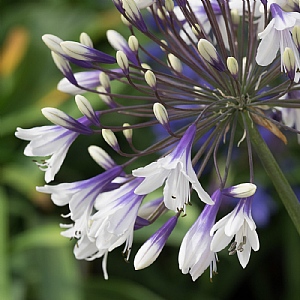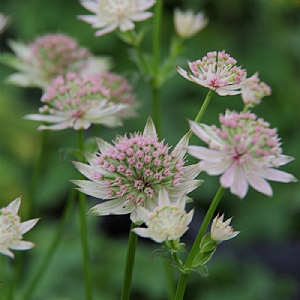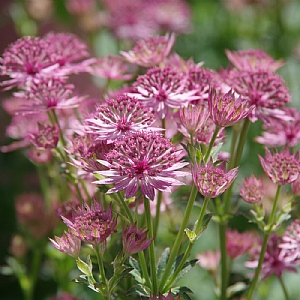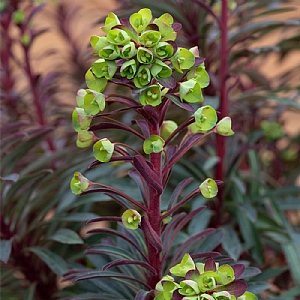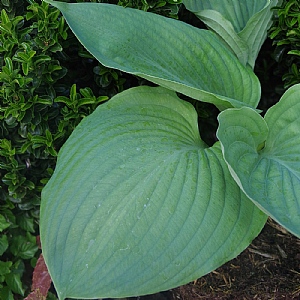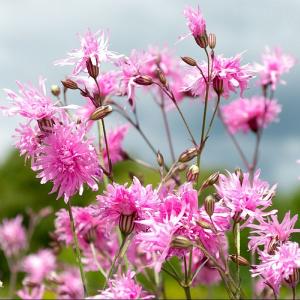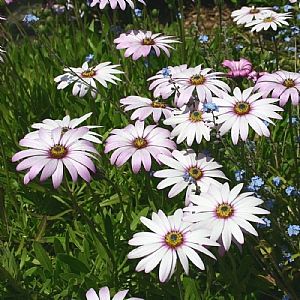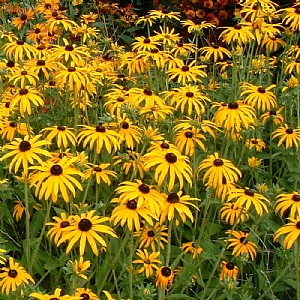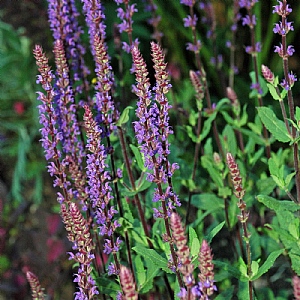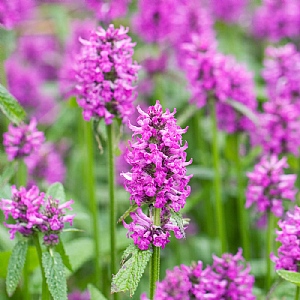- Dahlia 'Snowbound' produces enormous blooms with slightly wavy and twisted petals which add extra texture to this elegant flower
- Pure white petals surround a slightly creamy centre bringing a softness to displays
- With a height of 100cm, Dahlia 'Snowbound' is ideal for creating interest in the middle of borders and patio container displays
- Excellent as cut flowers
- Deadheading will promote further flowering
- Dahlias are edible and the petals are wonderful sprinkled on a salad to add colour, texture and a delicious flavour
What you need to know:
- 1 x Dahlia 'Snowbound'
- Height: 100cm
- Spread: 60cm
- Plant type: Dahlia
- Soil type: Moist, well-drained
- Flower colour: White
- Sun level: Full sun
- Position: Borders, cottage gardens, cutting gardens
- Flowering month: July, August, September, October
Caring for your plant:
Dahlias need to be planted in a warm, sheltered spot that has plenty of sun, ideally an area that has 6-8 hours of direct sunlight. Dahlias are thirsty plants and should be watered well once a week. They may require additional watering in hot and dry weather. Dahlias in containers need regular watering throughout the growing season to ensure they don’t dry out. These vigorous, fast-growing plants perform best when fed with a granular general-purpose fertiliser at planting time. Once a fortnight, feed them a potassium-rich liquid fertiliser, such as tomato feed, to boost flowering. Feed your container plants weekly. Dahlias like plenty of room to grow so plant them 60cm apart and, excepting the dwarf varieties, all dahlias will need to be supported with stakes. For potted dahlias, choose a minimum 30cm wide and deep container. It’s important to deadhead your dahlias regularly to encourage more flowers (avoid the round buds and look out for the more pointed spent flowers heads). Dahlia may not survive in the ground over a frosty winter, but you can dig up the tubers once the foliage has been blackened by frost and store them in a frost-free place over winter. If this isn’t practical, you can cover the soil with a thick layer of mulch and/or straw, to prevent frost from penetrating the tubers and just rake away the excess compost in spring. To prevent slug and snail damage, use physical barriers, such as copper tape, or apply a slug and snail bait.

